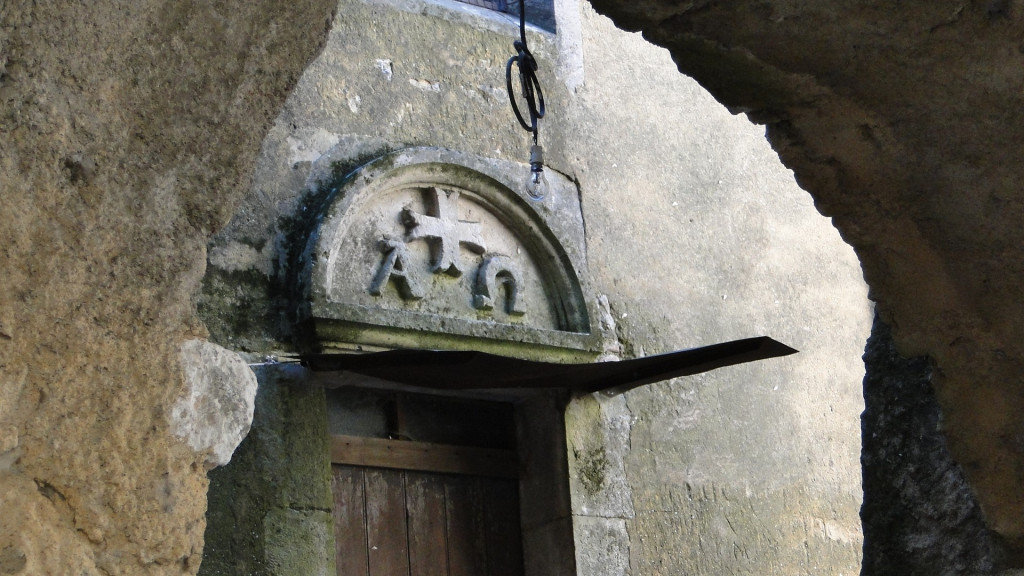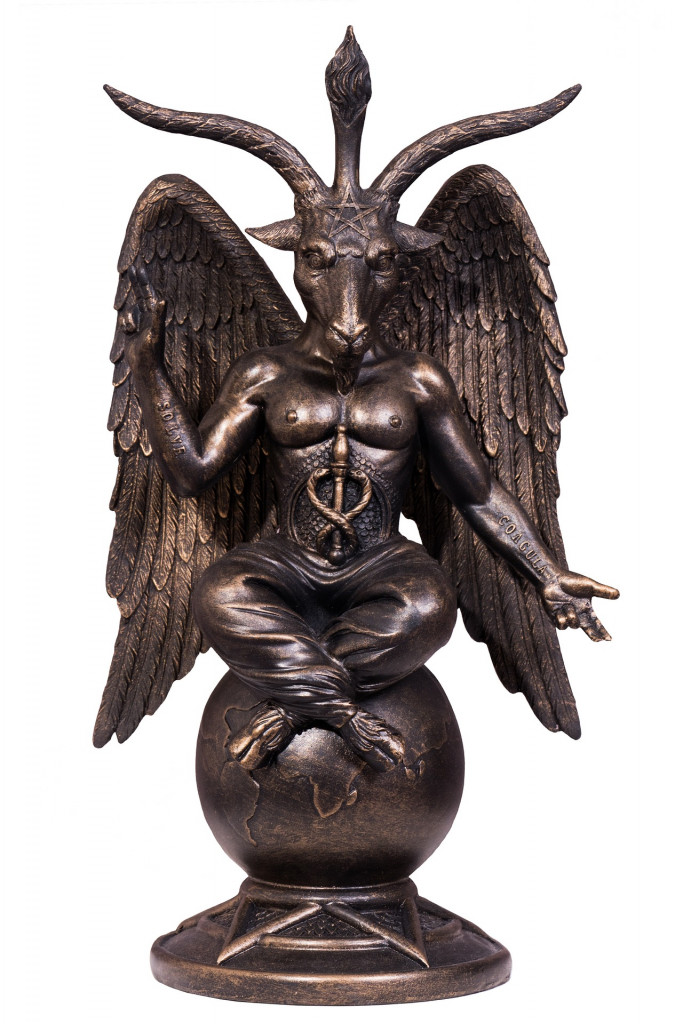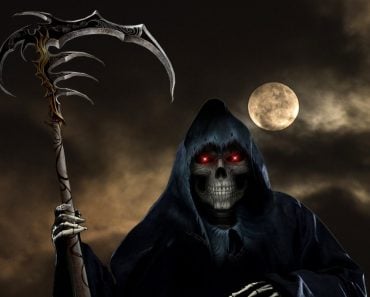Table of Contents (click to expand)
Despite its gory depiction in films, Friday the 13th has pagan and Christian foundations, and has heralded the dark end of the Templars as well.
For all those who subscribe to a particular brand of horror movies, particularly those that rely on Western superstitions and folklore, Friday the 13th elicits a rather unpleasant discomfort. While popular fiction has thoroughly capitalized on Friday the 13th associations with Jesus’ Last Supper and crucifixion, along with older pagan myths, this article will capitalize on its association with the Templars, also known as the Knights Templar, and the Order of Solomon’s Temple, among many others (an organization with its own cult following).
Recommended Video for you:
Who Were The Knights Templars?
The Knights Templar were a Catholic military order of knighthood. They were professional cavalrymen who were tasked with the conservation of religious values, due to their monastic lifestyle. They maintained both military and religious capacity.
The group was created during the Christian Crusades in the early 12th century to protect the Holy Land, Jerusalem and the pilgrims who journeyed to it. Eventually, they gained significant wealth and therefore political capital and influence, despite having to take a vow of poverty, renunciation, chastity and other severe abstinences.
They were given donations by kings and nobles, however. Once they reached the peak of their power, their wealth incurred the envy and eventually the wrath of the kings of Europe.
The Templars have had a long legacy, but as an organization, they were short-lived, lasting barely 200 years. Within this short span of time however, they were able to gain notoriety that remains almost unparalleled today.

The Templars And Friday The 13th
On Friday the 13th in October of 1307, the King of France, Philip IV, ordered that the Templars be arrested, and their property be seized. In the 14th century, the conduct of a good Christian (and the Templars were supposed to be ideal Catholics) and the fear of witches, heretics and demon-worshippers had ignited the imaginations of all sorts of people. Capitalizing on that, Philip IV alleged that the Templars were guilty of crimes both in the Christian and secular sense of the word. It was the former that drew most of the attention.
The Templars were charged with heresy (a crime that involved practicing Catholicism in a way rejected by the Church) and immorality (which included debauchery, indulgence in food and wine, and homosexuality). As heretics, they were supposed to have renounced Christ, spat on a crucifix and performed a convoluted initiation rite. They were accused of worshipping idols, cats and bearded figures identified with Baphomet.

An Inquisition Of Its Own Making
Philip’s actions seem to have been motivated by the fact that he was a pious Christian who saw the Templars as a threat, and that their immense wealth and power, which would be up for grabs once the order dissolved, would help his own cause. He therefore launched something similar to an inquisition against the Templars.
The knights were rounded up, arrested and tortured brutally to extract confessions from them. Under the pain of death, even the head of the order, the Templar Grand Master Jacques de Molay confessed to the charges leveled against him. Molay, who would later recant his confession, would be burned on the stake as an unrepentant heretic. Philip, however, did not get the money he thought he would. The Pope at the time, Clement V, prevented the Templar wealth from going to the coffers of the French treasury. They went to the Knights Hospitallers, another military order.

There would be other, less monumental trials in England, Ireland and Cyprus, and later on, the charges against the Templars would be revealed to have been baseless. The outcome of this witch hunt resulted in the arrest, torture, sham trial and deaths of many knights and the official dissolution of the order by the Pope. The manner and ambiguity in which the inquisition happened would go on to fuel rumors about the order going underground, rather than being destroyed.
Conclusion
Friday the 13th has, in recent times, gained both a cult following of its own and a phobia dedicated to it (paraskevidekatriaphobia, if you were wondering what it’s called). It seems slightly inconvenient to consider it unlucky, given that every year has at least one (2023 will have two!), but for the Templars, it got the job done. The event is often confused as the origin of the legend, and while it is not the source, it is, in retrospect, one of those occurrences that legitimized and solidified the unluckiness of Friday the 13th.













